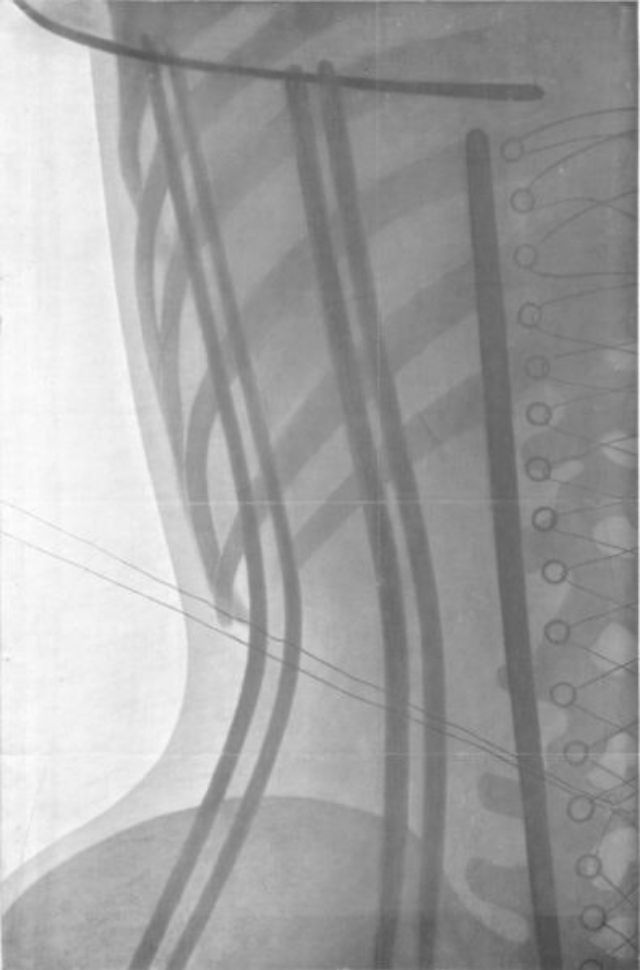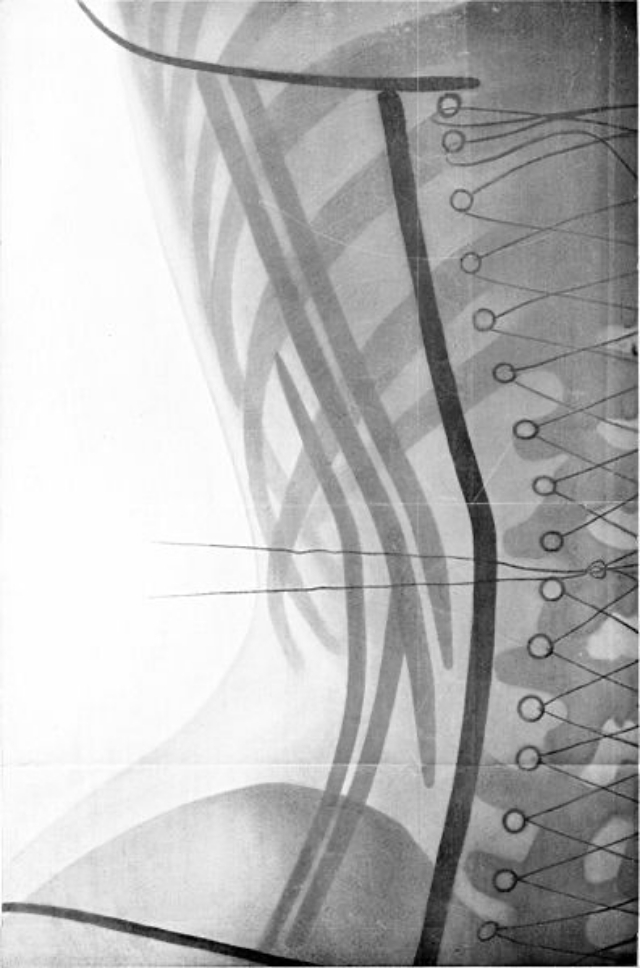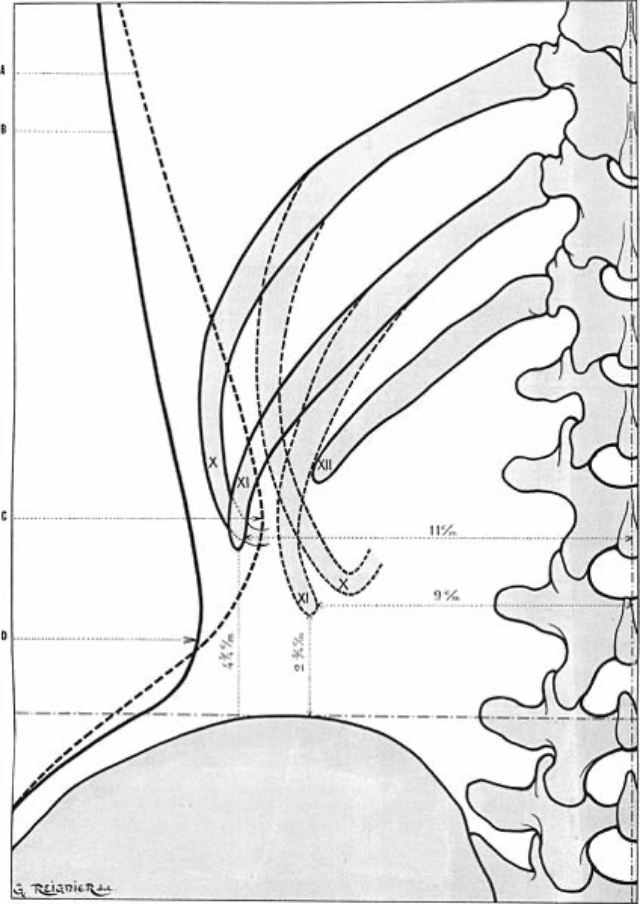In 1908, a Doctor Used X-Rays to Highlight the Damaging Effects of Tight Corsets on a Woman’s Body
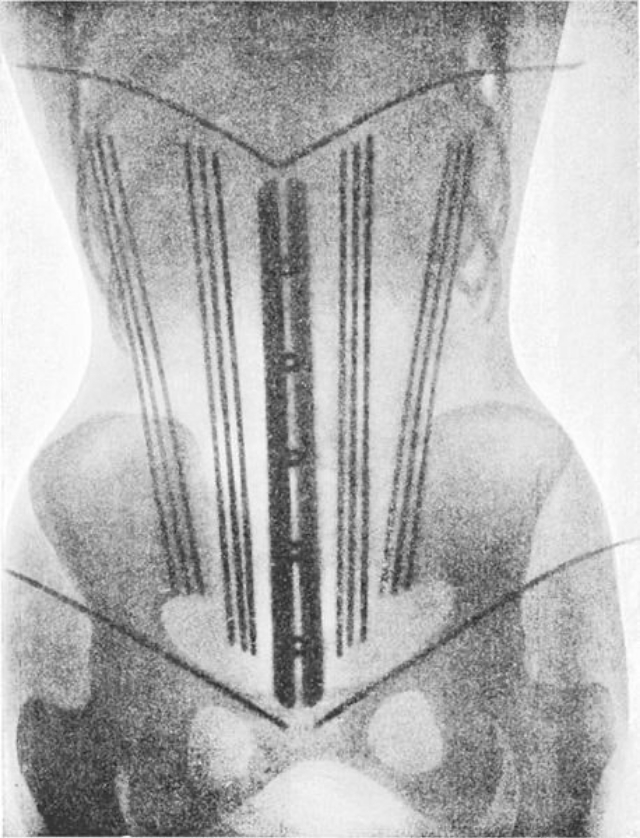
Ludovic O’Followell, a French doctor who in 1905 and 1908 published books on the effects of the corset on female health. O’Followell, however, had something that all the previous arguments and illustrations did not: he used a brand new technology to bolster his arguments.
h/t: vintag.es
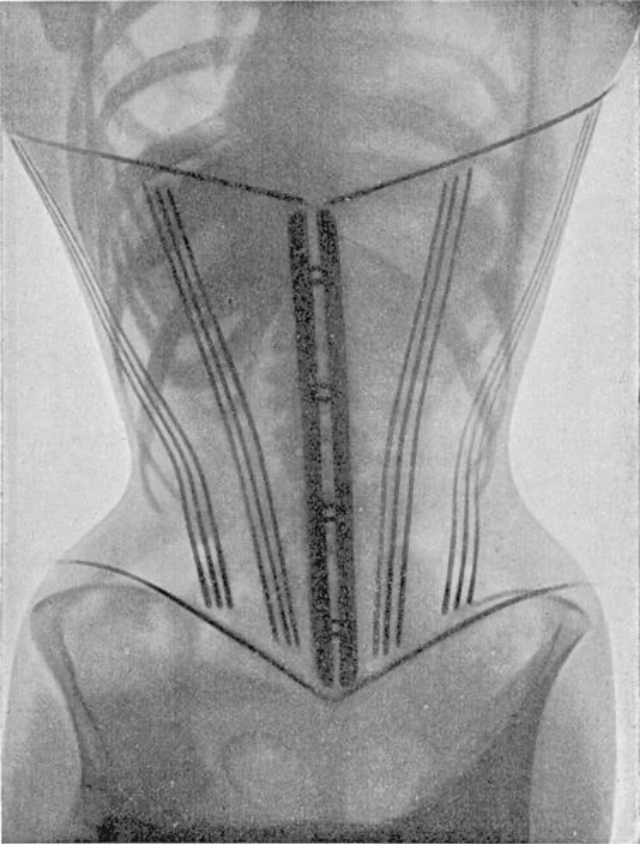
X-ray had been discovered in just 1895 – a breakthrough that netted Wilhelm Conrad Röntgen the very first Nobel Prize in Physics. The unknown radiation, he noticed, passed through human tissue, but not human bone; it was in diagnostic use just a year later in 1896.
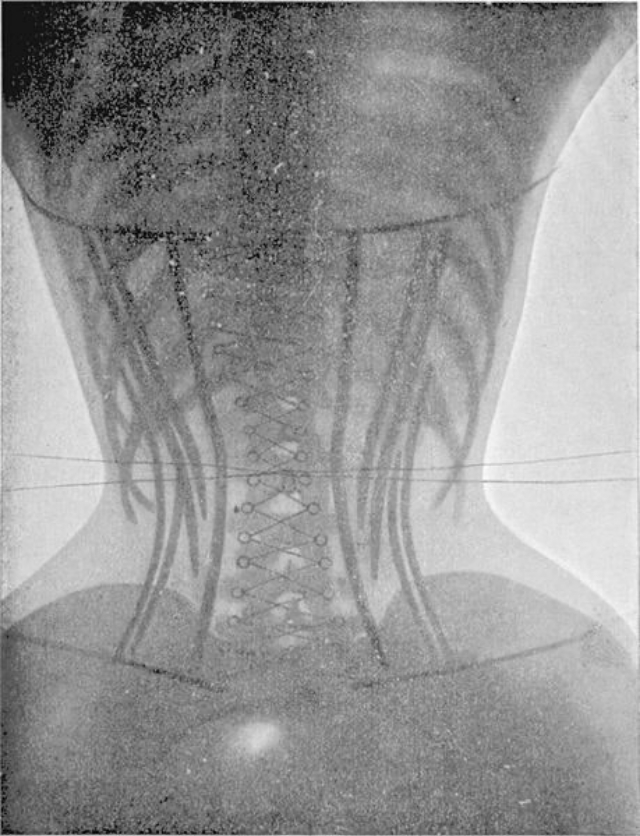
It was this that O’Followell used to illustrate the effects of tight lacing on the ribcage, in a series of striking images included in a paper entitled Le Corset. In it, he argued that the corset not only affected a woman’s physical health, but also her behavior.

Although Dr O’Followell was clearly keen to show the damaging impact of corsets on women’s health, he did not actually want the corset to be abolished, but was simply trying to encourage a less severe design. Dr O’Followell in fact continued to write a regular column for the deluxe corsetier’s magazine Les Dessous Elégance.
